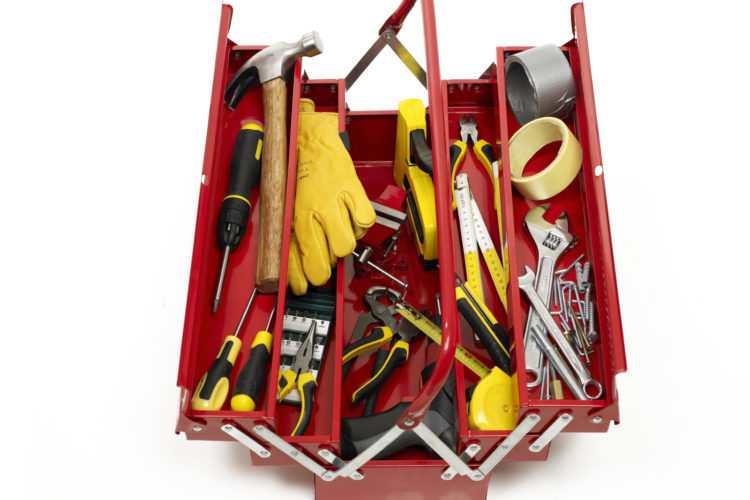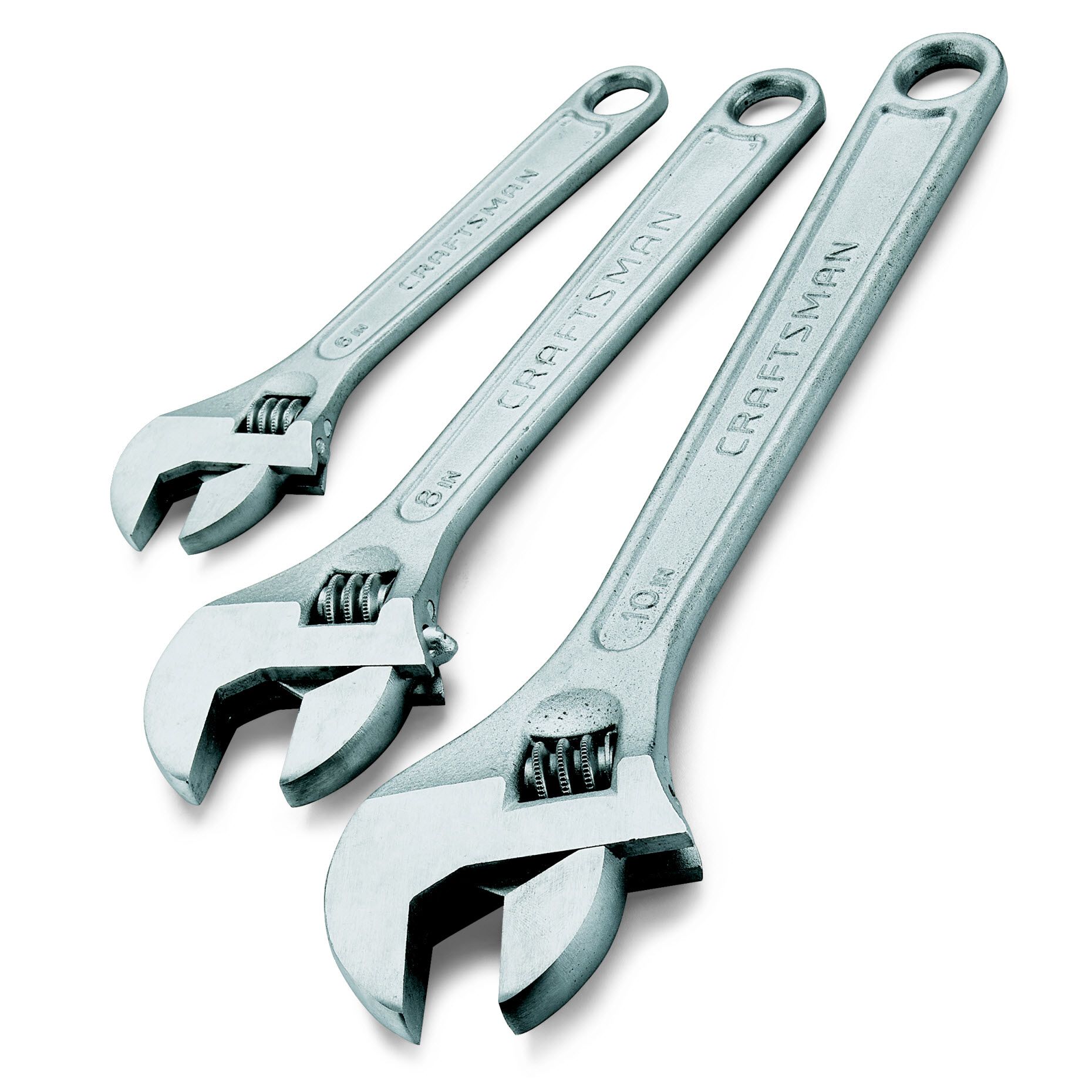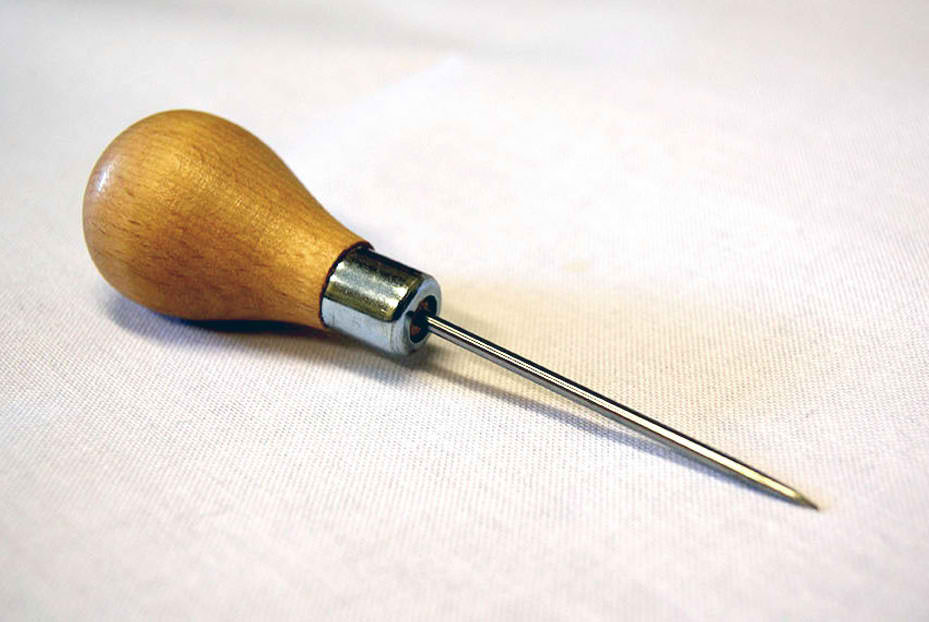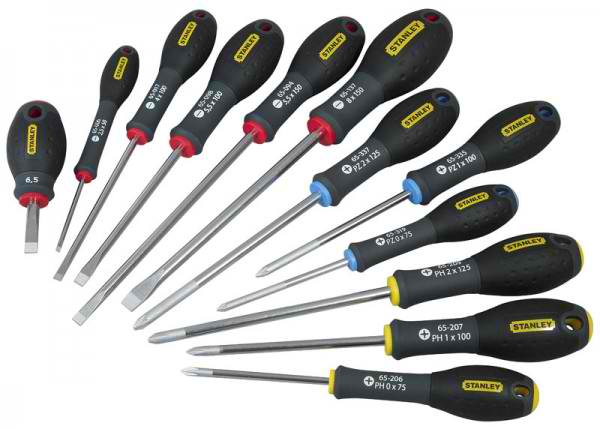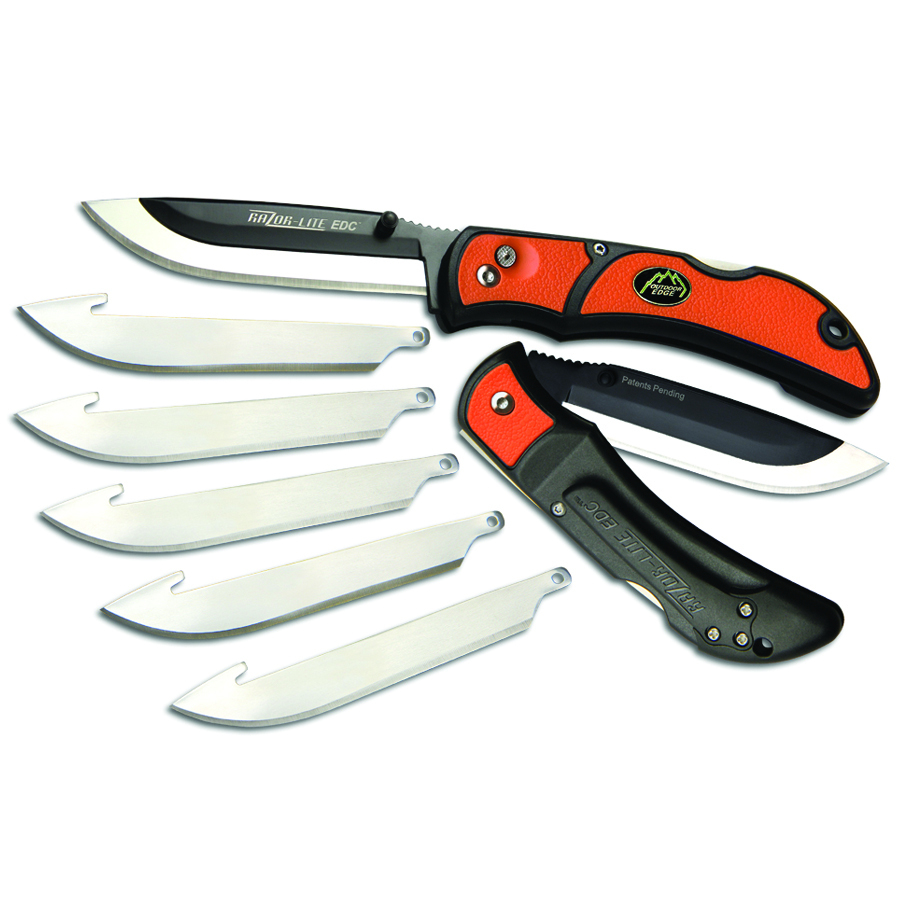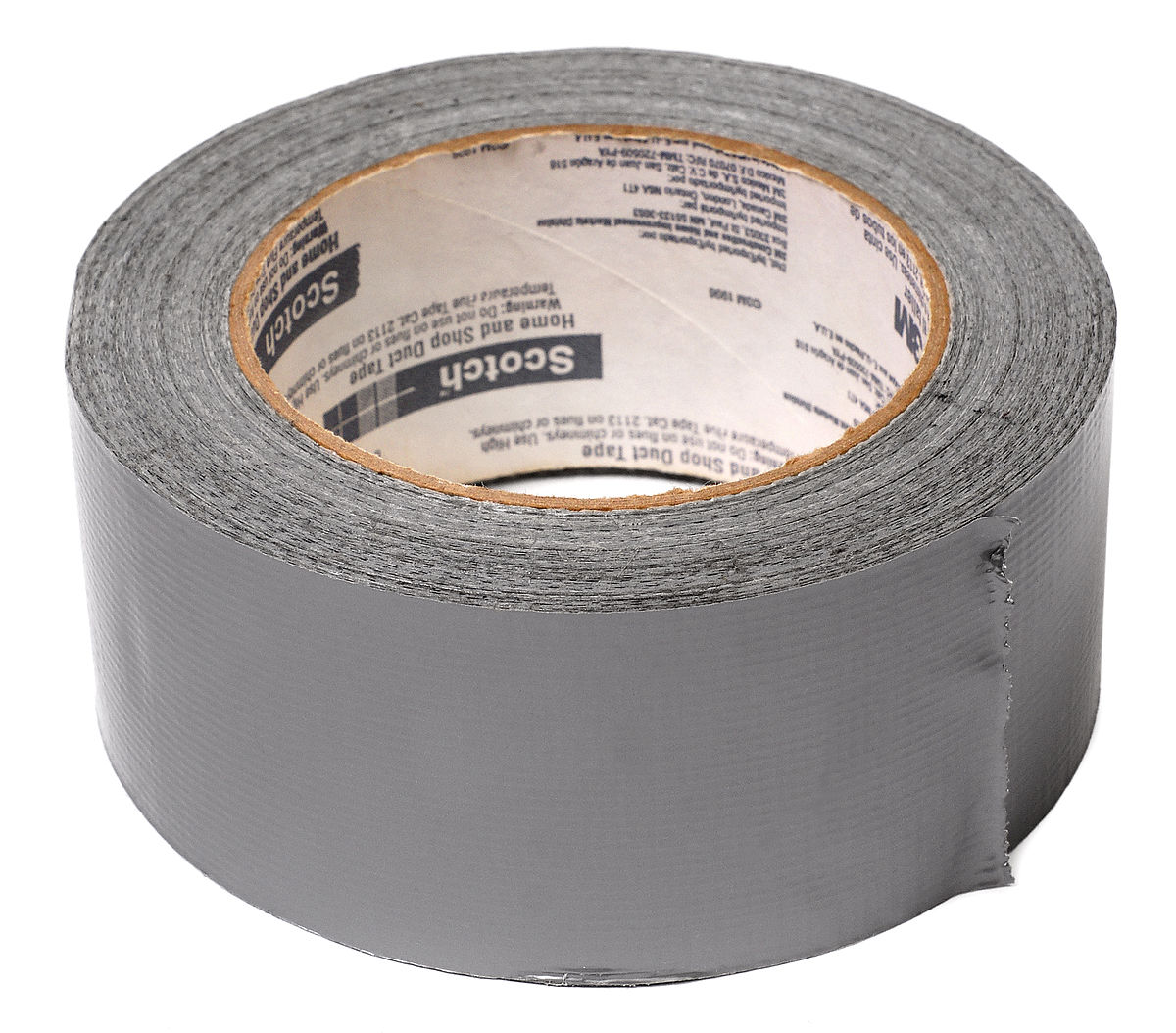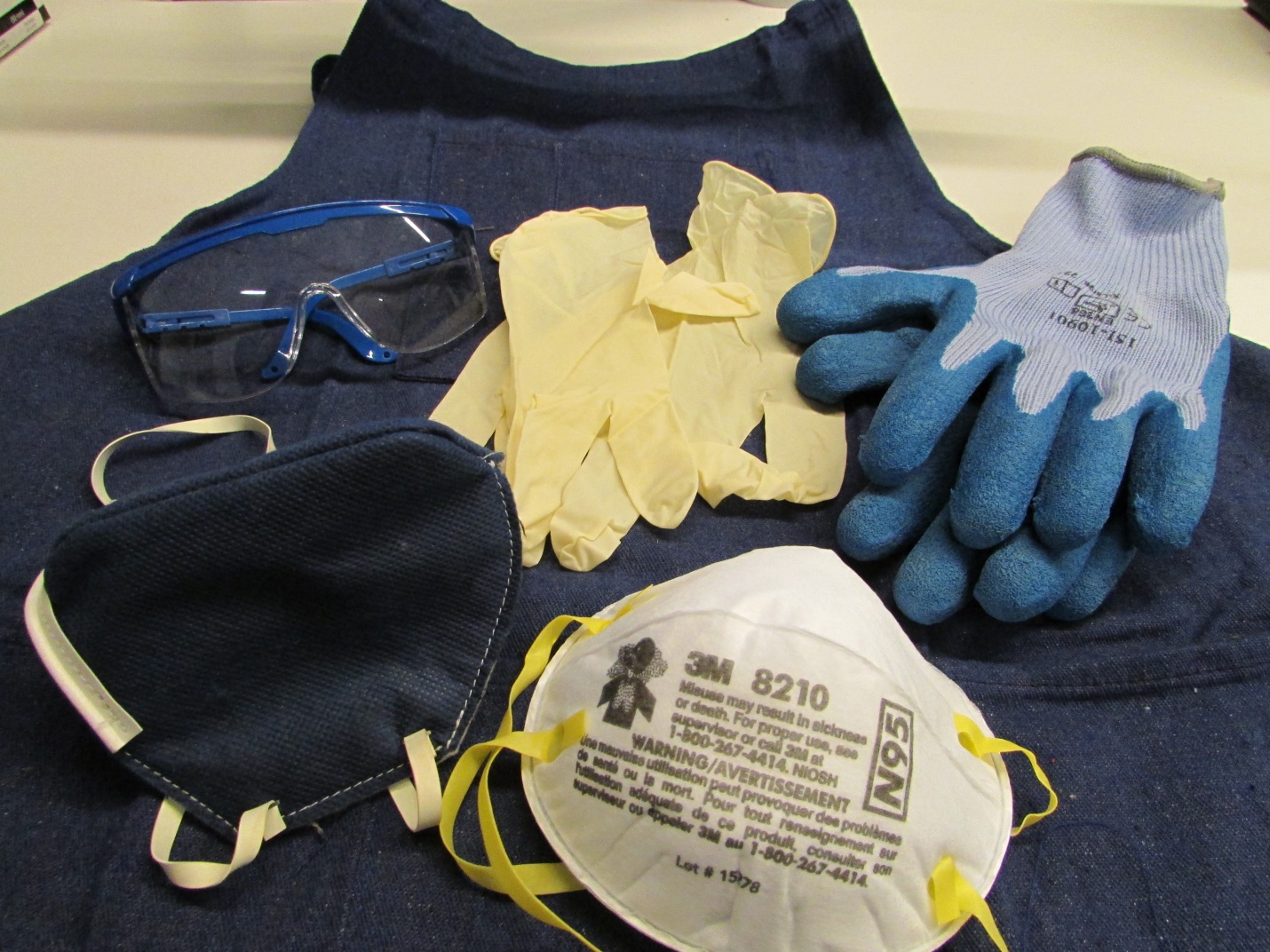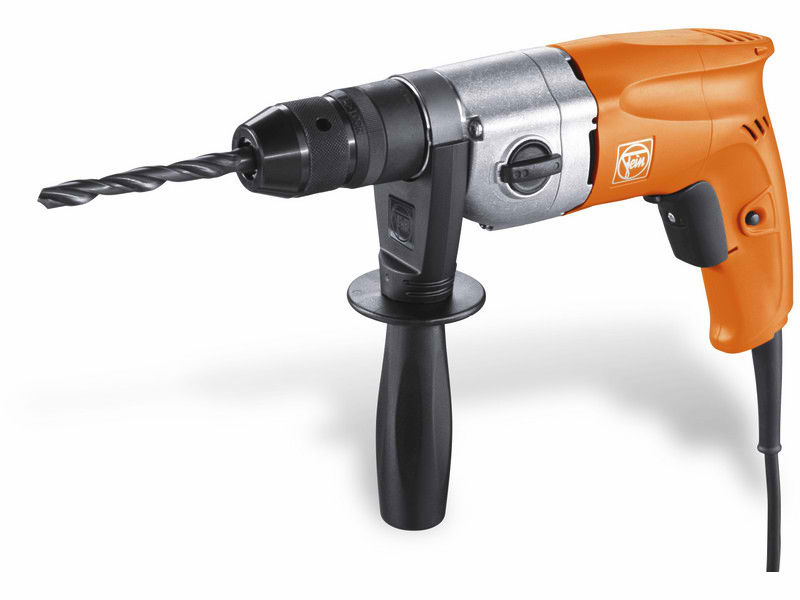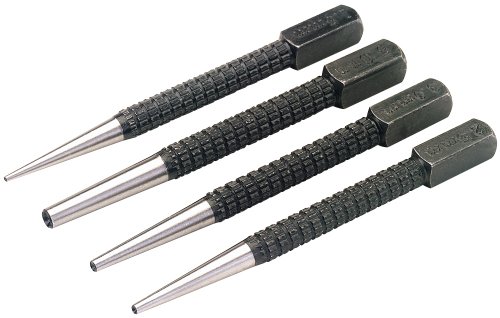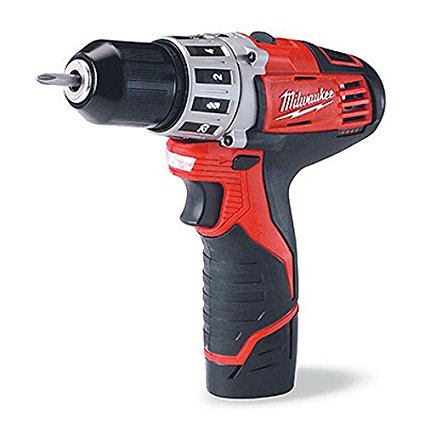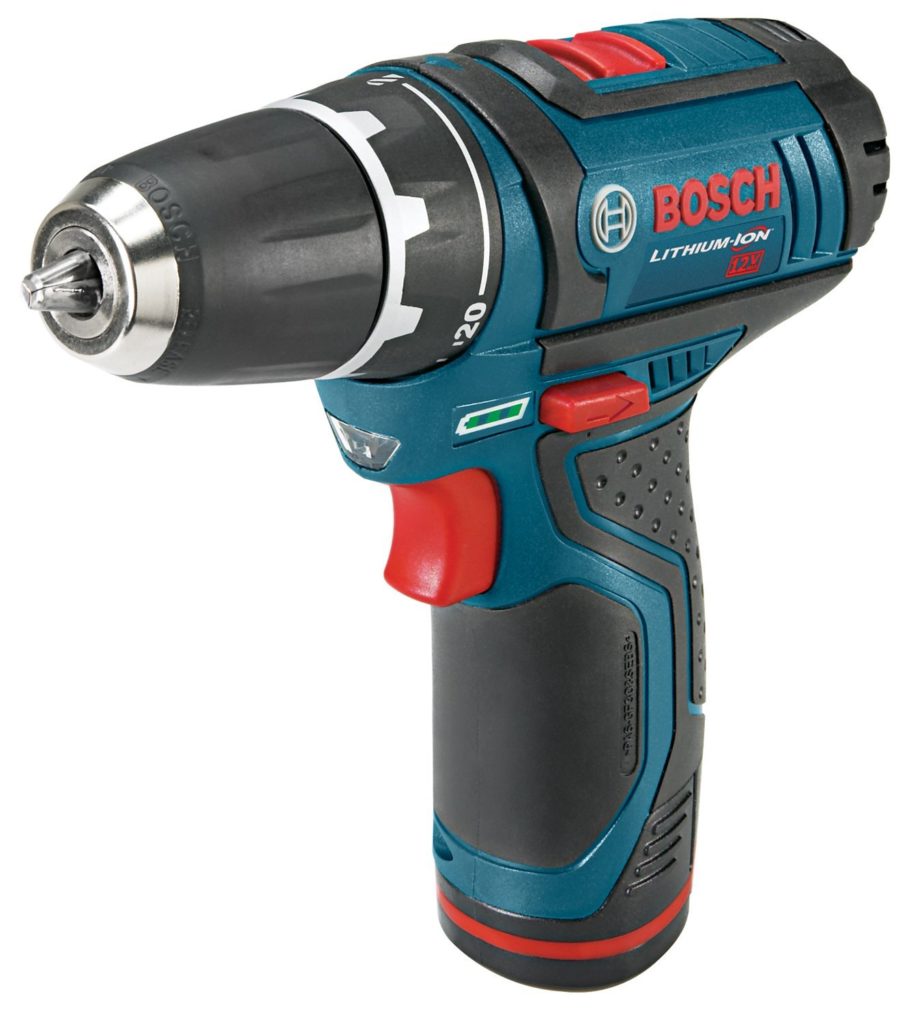Setting Up Your Basic DIY Toolkit
DIY toolkit will enable you to do your DIY home improvements and repairs. Here are some of the tools which should be in your DIY Toolkit.
Tools for your DIY Toolkit
The Toolbox
A toolbox also known as a toolkit is a box to organize, carry, and protect the tools. It could mean a small portable box that can carry a few tools to a project location or a large storage system set on casters. When choosing a toolbox, the most important factors to consider are sturdiness and adequate capacity. To help to keep tools organized, most toolboxes come with many compartments. Modern tool boxes are predominantly metal, plastic or wood.
Hammer
A hammer is a tool or device that delivers a blow to an object. Hammers vary in shape, size, and structure, depending on their purposes. Hammers are hand tools used to drive nails, fit parts, forge metal, and break apart objects. The most common type of hammer is the claw hammer. The Claw Hammer is probably the one that comes to mind when most people think about a hammer. It is very versatile and can be used for a great many jobs making it a must-have for any DIY Toolkit.
Wrench
A wrench is a tool used to provide grip and mechanical advantage in applying torque to turn objects. The most common wrenches are the open-end wrench, adjustable wrench, combination wrench, Allen wrench and box-end wrench. There are many wrench sets available in the market today. You can get one and add it to your DIY toolkit.
Pliers
Pliers are hand tools used to hold objects firmly. They are also useful for bending and compressing a wide range of materials. There are numerous different types of pliers, each with distinctive features that suit them to various tasks and jobs. The known types of pliers are the long nose, pump, electronics and cutting pliers. There are also locking pliers which are multi-purpose gripping tools, with size-adjustable jaws is ideal for gripping nuts, pipes, and fixtures. But the most common plier is the Combination Pliers also known as lineman pliers or side cutters. Combination pliers are heavy-duty, side-cutting pliers designed for all regular wire-cutting needs. They have gripping jaws, a cutting edge, and insulating handle grips that reduce the risk of electric shock from contact with live wires. This versatile tool should be in your DIY toolkit.
Flashlight
This should be included in your DIY Toolkit. A flashlight is a vital tool when the power is off or for repairing in dark and tight areas.
Awl
Useful for marking and starting off a nail or a screw hole. Can also be used for detecting studs or blocking in stud work, or joists in ceilings.
Screwdriver Set
Screwdrivers are used for turning screws. A screwdriver is classified by its tip, which is shaped to fit the driving surface on the corresponding screw head. Some manual screwdrivers have interchangeable tips that fit into a socket on the end of the shaft and are held in mechanically or magnetically. These often have a hollow handle that contains various types and sizes of tips, and a reversible ratchet action that allows multiple full turns without repositioning the tip or the user’s hand. If interchangeable tips screwdriver is not available, you can have a selection of flat-head screwdrivers of different sizes because they will enable you to deal with a variety of sizes of slot-headed screws.
Utility Knife
A utility knife is a knife used for general or utility purposes. It is used for many precision and general cutting purposes. It also includes small folding or retractable-blade knives suited for use in the modern workplace or in the construction industry.
Tape Measure
Retractable, lockable tape measures are easy to use. A tape measure is essential for providing accurate measurements.
Teflon and Electrical Tapes
Teflon tape is a lightweight, thin tape used on threaded plumbing connections to prevent leaks. Electrical tape is an insulating tape used in many electrical tasks. These are good additions to your DIY toolkit.
Duct tape
Duct tape is commonly used in situations that require a strong, flexible, and very sticky tape. Some have a long-lasting adhesive and resistance to weathering.
Work Gloves, Dust Masks and Safety Glasses
Work gloves to protect your hands when handling building materials and using heavy tools. Dust masks are essential when sanding or sawing to prevent you from inhaling harmful substances. Safety glasses or goggles are vital for eye protection. Investing in good-quality protective wears ensures safety to yourself when doing your DIY projects.
Power Drill
A multi-purpose, battery-powered drill and screwdriver can be used for a large number of tasks. Drilling implies creating holes, and a power drill is an ultimate luxury when tired hands have turned too many screws. It adapts not only to drill bits to bore holes, but also to every kind of screw-head bit, making larger projects go quickly and with less muscle.
Nail Set
A nail set is used for sinking nail heads below the surface of the wood so that you can then fill the hole with wood putty and sand it, to make the nail disappear. This way the hammer never has to make an ugly dent in the surface you are pounding.
Glue gun
A glue gun can be used to bond surfaces together when doing your DIY projects or home repairs. It is a very versatile tool and definitely deserves a place in your DIY toolkit.
Checkout this Handyman Tips

